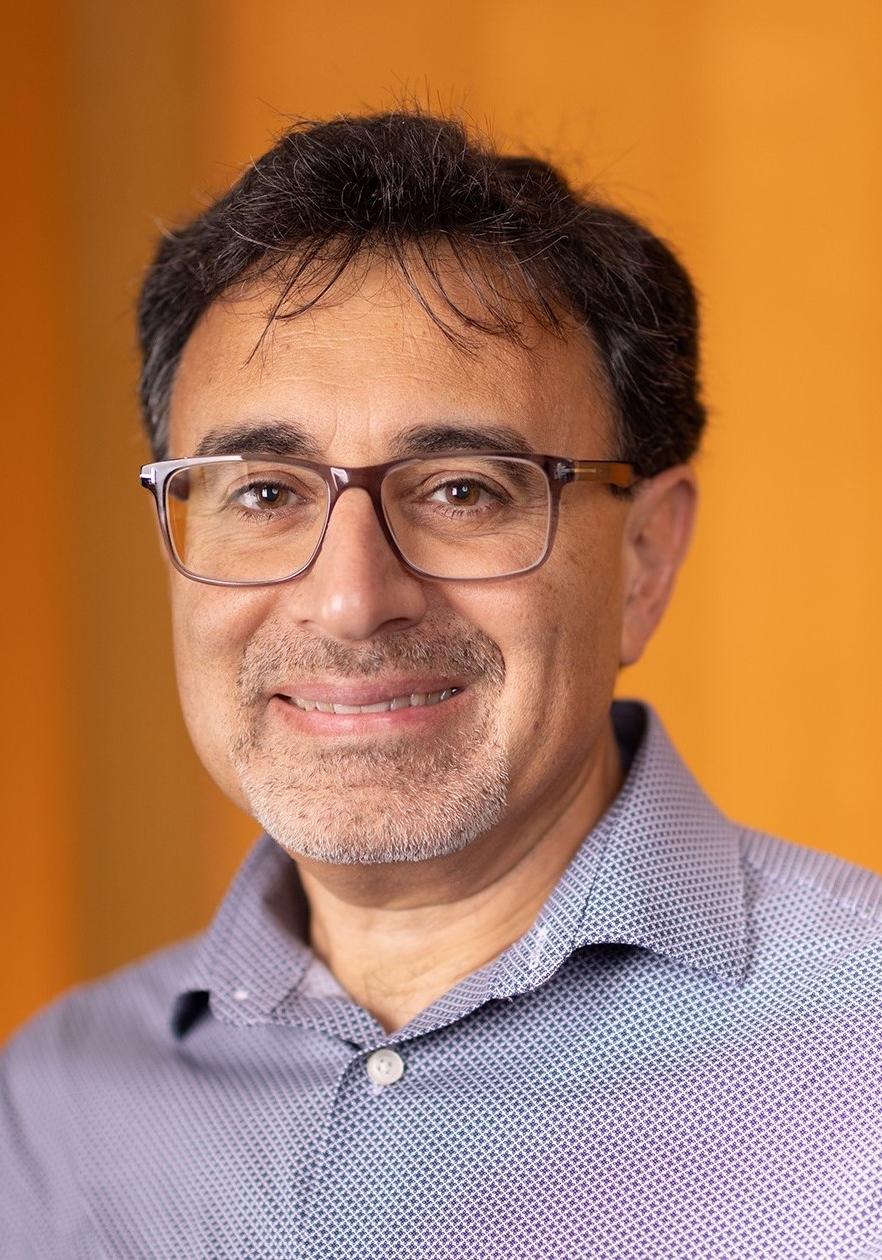Walid A. Houry
Toronto, Ontario
Position: Professor
Organization: University of Toronto
Dr. Walid A. Houry is Professor in the Department of Biochemistry and Department of Chemistry at the University of Toronto. Dr. Houry obtained his PhD from Cornell University and then did his postdoctoral training at the Sloan-Kettering Institute in New York City and at the Max-Planck-Institute for Biochemistry in Munich, Germany. He is interested in the general area of cellular stress responses and the role of molecular chaperones and proteases in these responses. His group is also interested in the development of novel anticancers, antibiotics, and antivirals by identifying compounds that target these chaperones and proteases and result in the dysregulation of protein homeostasis in the cell. He has been recognized with national and international awards including awards from the Tokyo Biochemical Research Foundation (2011), the National Research Foundation of South Africa (2015), the Sigma Xi Scientific Research Honor Society (2021), and OIC-COMSTECH Distinguished Scholar Program, Islamabad, Pakistan (2022). He is typically invited to present at several conferences per year. He is currently the President of the Canadian Society for Molecular Biosciences.
Areas of Expertise:
Language(s):
My Work
What I do:
My research is in the area of protein quality control. We study molecular chaperones and ATP-dependent proteases. I am also interested in contributing to University governance and to Scientific societies.
Ask me about:
Drug discovery (antibiotics, anticancers) Science in Canada Scientific publishing Scientific societies
Why me:
I have been actively involved in these areas.
About Me
Sector: Academia (Post Secondary)
English proficiency: Read, Write, Speak
Other Language(s): Arabic
Partner Orgainization:
Early Career Investigator:
Willing to Mentor:
Title: Professor
Pronouns: He/Him/His
Gender: Male
Demographic: West Asian

